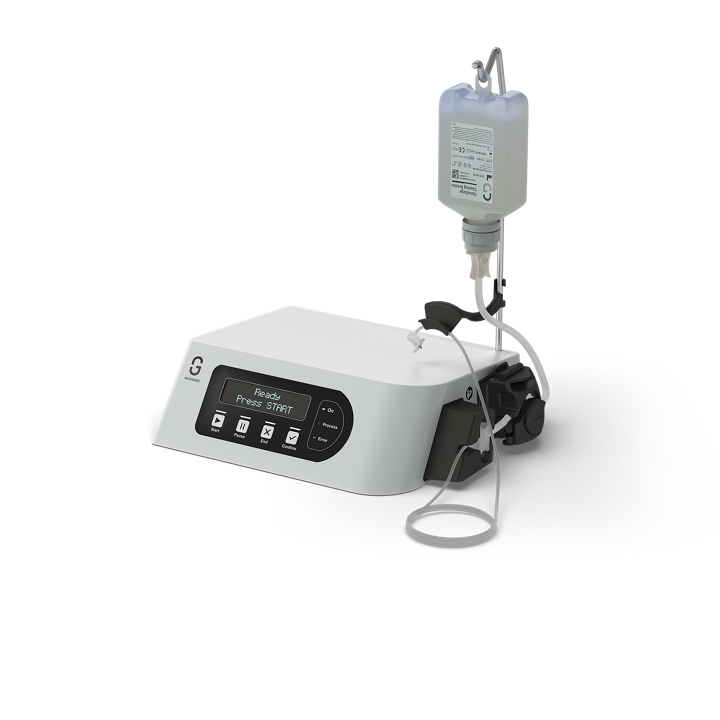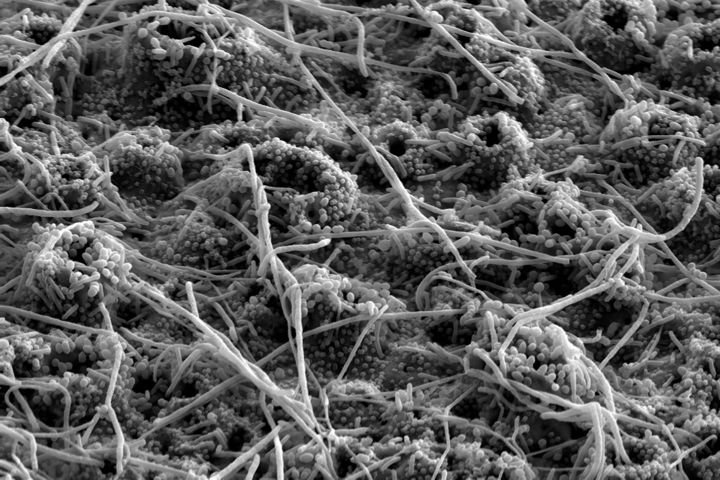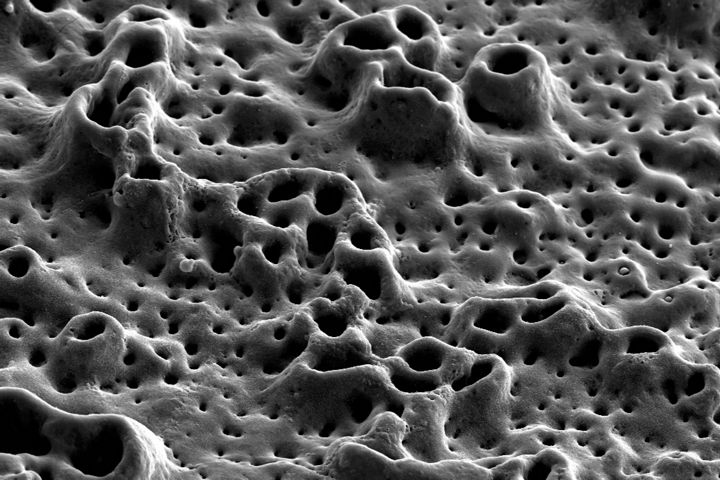GalvoSurge was developed to remove biofilm from dental implants in the patient's mouth.

Straumann collects your information to facilitate the commercial relationship, contact you regarding future product offerings and promotion and all other permissible business purposes. Please see our Privacy Policy for more information.
DID YOU KNOW?
Dental biofilms resemble thriving cities with streets, alleyways, infrastructure, and a workforce. The bacterial cells in the biofilm are able to communicate and quickly adjust to changes due to mutualistic relationships and the flow of messages between interspecies through chemicals and metabolites. Primary colonizers, planktonic and free-floating bacteria with unique surface molecules (adhesins) that act as a molecular glue, lay the groundwork for dental biofilm.1,2
One of the strong advantages that the cohesion of the biofilm associated cells have is their resistance to antibiotics, chlorine, and detergents. It is no wonder why several currently existing biofilm removal methods have not been able to achieve stable results over time.3,4,5


Microscopic image of (left) complex dental biofilm on the surface of an implant and (right) same implant after cleaning with GalvoSurge®
